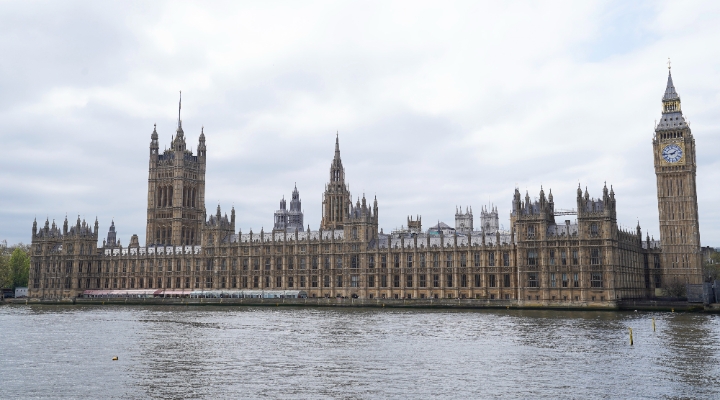Unemployment has fallen to the lowest rate since 2008, with the jobless rate now 6.2% in May to July, down from 6.6% in February to April.
There were 2.02 million unemployed people, down 146,000 from February to April. The claimant count rate fell to 2.9% in August from 3% in July. The number of people claiming jobseekers' allowance also fell, declining by 37,200 from July to 966,500 in August. It was forecast to fall by 30,000. Pay including bonuses for employees was 0.6% higher during May to July from previous year. Excluding bonus, pay grew 0.7%.
The employment rate in Great Britain was highest in the South East and the East England at 76.7% and lowest in Wales and the North East at 68.8%. The unemployment rate was highest in the North East at 9.9% and last in the South East at 4.4%.
The number of people claiming job seekers’ allowance was highest in the North East.
Andrew Hunter, of job site Adzuna, said the labour market was riding along on the coattails of a strong production sector, as exports fly out of the door.
“Salaries have been stuck at a standstill for far too long, but there are now some signs that the wage malaise is beginning to lift,” he said. “Demand for skilled workers, alongside greater profits flowing into the balance sheets of employers, is providing the push needed to lift salaries out of their state of inertia.”
The news that unemployment had fallen should have had a positive effect on the pound, but the modest rise in wages and no change in the MPC voting patterns meant that the pound could not hold on to $1.63 against the dollar.
Chris Beauchamp, market analyst at IG said that the upcoming Scottish independence referendum meant the stage was set for “some significant volatility in GBP/USD during the overnight session on Thursday, with moves exacerbated by thinner volumes”.




























